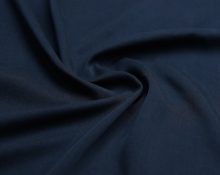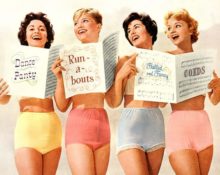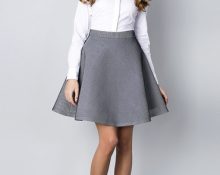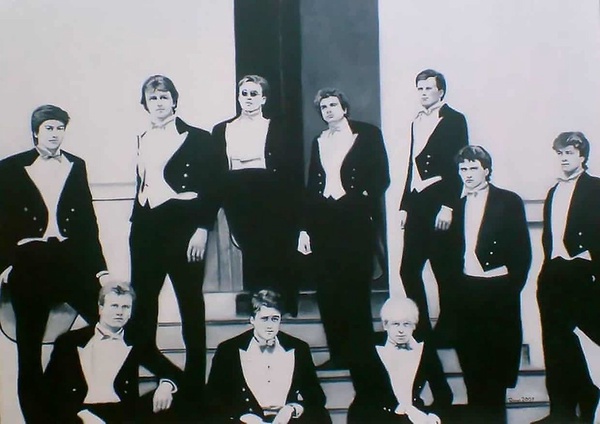
creativecommons.org
A tailcoat is one of the mandatory attributes for ballroom dancing. Tailoring a tailcoat according to personal measurements to order will not be cheap. In this material we will tell the history of the creation of a tailcoat, why it has become a mandatory attribute for dancing, and also provide an exact pattern and a visual diagram for sewing a tailcoat for dancing with your own hands.
The history of the creation of a tailcoat for ballroom dancing
There are two versions of the appearance of a tailcoat as a mandatory attribute of clothing. Both stories refer to changes in court costume that occurred in the first half of the 18th century. According to the first version, became the prototype of the tailcoat modified officer's suit: when riding on horseback, the length of the uniform interfered with the riders - and they tucked in the lower part. Soon the new fashion spread not only to officers, but also to the infantry, and then to officials and other civilians. So the tailcoat became everyday wear, tailors introduced a new fashion, beginning to cut tailcoats with tails.This is how the tailcoat has survived to this day; it began to be worn under a vest. According to the second version, the tailcoat became a more improved version of the justocor, one of the varieties of the European men's caftan, which was sewn exactly to the figure and expanded to the bottom. Intermediate optionmmbetween tailcoat and jusThatThe main thing was a suit called “Abi”, which resembled a tuxedo.
But not everything in the history of the tailcoat was so smooth: in the 19th century, during the reign of Paul I, wearing a tailcoat was banned, as it was considered a symbol of the Great French Revolution and freethinking. The tailcoat again became part of urban clothing only under the reign of the liberal Alexander I, who took his cue from fashion in Europe and the United States.
Like the London dandies, Russian dandies paid special attention to the impeccable cut of the tailcoat and the correct color, which should be cut from dark cloth for evening outings (preference was given to dark blue, black, brown and dark green shades), and from light material for daytime promenades. The lapels were decorated with velvet or a strip of contrasting fabric. To emphasize their status, the rich could replace traditional metal or porcelain buttons with silver onese s inlaid with precious stones.
At the end of the 19th century, tailcoats practically disappeared from the capital's streets and became a mandatory attribute of special events and... professional ballroom dancing. Gradually, this type of clothing began to be used mainly for pop performances. So, for example, a special tailcoat with a special cut is a mandatory element of clothing for a performance.y tdancers in the European ballroom dancing program.
So, Today, a tailcoat for ballroom dancing has become a mandatory attribute for semi-professional and professional performances. It can be plain or with lapels trimmed with white silk ribbon. The dancer's classic costume consists of a snow-white shirt with a stand-up collar (or bow tie), a perfectly tailored tailcoat and trousers with silk stripes. Many dancers choose not to buyb ga factory-made tailcoat, but sew it to order or even cut a tailcoat for ballroom dancing with your own hands. Some craftsmen are so concerned about complying with the regulations that they even use horsehair trim instead of regular glued pads.
Materials needed to create a ballroom tailcoat with your own hands
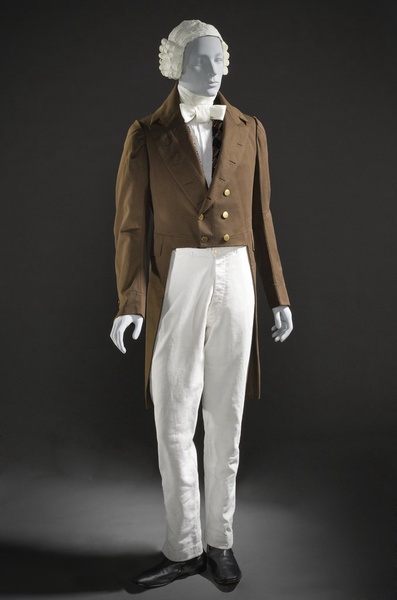
creativecommons.org
One of the important points before starting to cut a tailcoat for ballroom dancing is choosing a suitable fabric that would match the trousers and shirt. Traditionally, tailcoats were made from woolen fabric, but today for professional dancing it would be wiser to use synthetic fabric: it is easier to cut, it does not wrinkle, it stretches better and it is not so hot.
To cut the tailcoat you need to prepare:
- Dark synthetic fabric. If the performance does not imply a specific color scheme, it is better to give preference to dark shades of blue, gray, and green.
- The pattern presented in this material.
- Kleevwow textile.
- All necessary sewing supplies (threads, needles, pins, scabbards)itsy).
- Buttons for a tailcoat.
Step-by-step analysis of sewing a ballroom tailcoat with your own hands
It is important that the tailcoat for ballroom dancing fits the figure as closely as possible, but does not pinch Not winced in poses with raised arms.Therefore, it is worth paying attention to such details as: the size of the cuts, raised seams and other labor-intensive design elements. You need to understand that practicallyAnd Not a single standard tailcoat from a store will fit perfectly even on the most standard figure, so the effort expended is definitely worth the result.
- Treat the material so that the fabric shrinks and subsequently does not deform from humidity and temperature changes.
- Adjust the cut of the patterns according to the model’s measurements.
- Secure the pattern pieces with pins and step back 2.5 cm from the edge of the pattern for subsequent processing.
- The following paired parts should be obtained: back, side part, front, hem, skirt, collar, upper part of the sleeve and lower part of the sleeve.
- Duplicate the necessary parts with an adhesive lining, first of all, the skirt and shelves.
- Sew the recesses for fitting: fasten the frontyuyu part and bottom of the skirt, shelves, side parts, hem and collar.
- Try on the resulting tailcoat on a model.
- Adjust the pattern if necessary and finish stitch all the details of the tailcoat. Particular attention should be paid to the sleeves: it is important that they are not too narrow and do not hinder the movements of the owner of a ballroom dancing tailcoat.
- Sew matching buttons.


 0
0